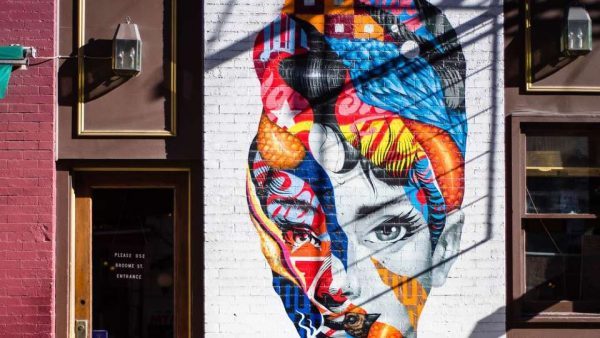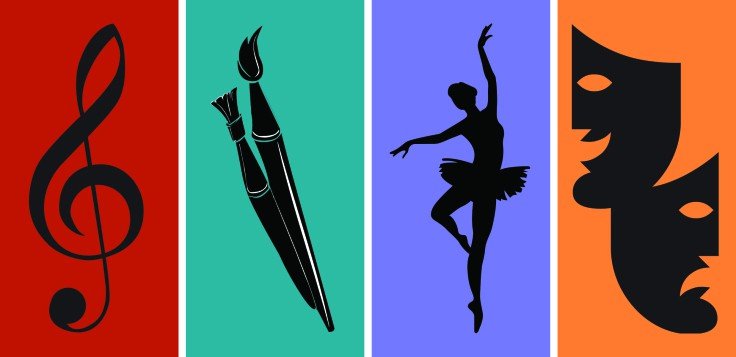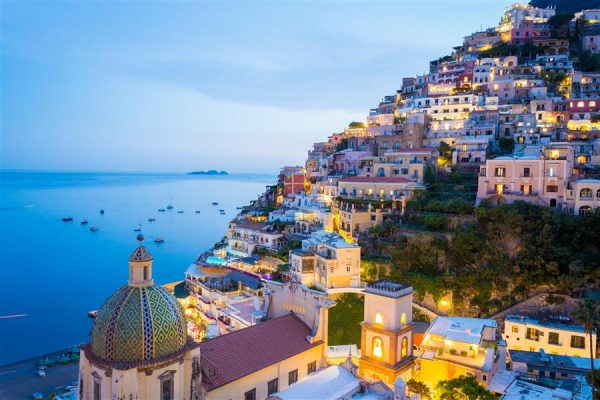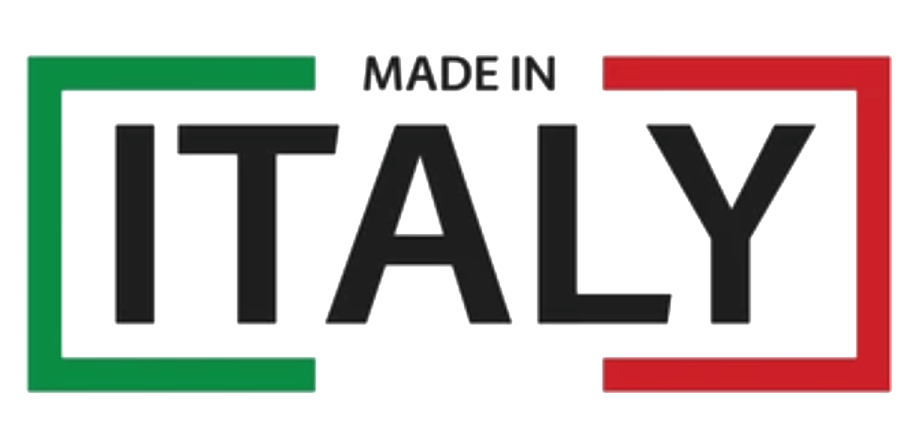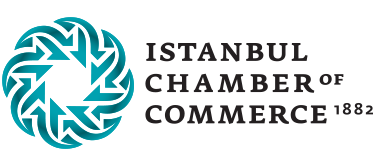The fact that many movements that shaped the world emerged or developed in Italy is one of the factors that make it important to obtain fine arts education in Italy. Fine arts is; painting, sculpture, poetry, graphics, architecture, theatre, cinema, music, such as creating a pleasant feeling in people and making their tastes delicious, understanding and interpreting beauty. From the 16th century onwards, students wishing to gain the new profession of art were educated in special academies established throughout Europe. The two oldest of this educational institutions were the Florence Academy of Design Art (Accademia dell’Arte del Disegno) and the Rome Academy of Fine Arts (Accademia di San Luca).
You can also read our article about ” Art Education in Italy “.
What is Fine Arts?
Fine art refers to a form of art practiced primarily for its aesthetic value and beauty (art is for art), rather than for its functional value. Fine Arts are based on drawing and design-based works such as painting, printing and sculpture. It often contrasts with “hands-on arts” and “crafts”, both of them are traditionally viewed as effective activities. Other non-design-based activities that are considered fine arts include photography and architecture, but the latter is best understood as applied art.
The field of fine arts is constantly being expanded to include new activities that arise due to new technologies or artistic inventions. The former is exemplified by screen printing and giclée prints as well as acrylic painting. The latter is exemplified by the invention of mixed media artworks that use collage, décolleté, photomontage or found art. Because of this gradual expansion process, it is almost impossible to define or fix a meaning for fine art.
In the past, when it came to fine arts education in Italy, there was a rather traditional academic art form based on the principles of Renaissance Art. Today, contemporary artists have expanded the boundaries of fine arts even more. Nowadays, the art of plastic sculpture uses a new range of materials and new forms such as assemblage and land art. It took advantage of new commercial printing processes such as printmaking, screen printing and giclée printing.
Additionally, you can review our article about ” Performing Arts Education in Italy “.
Educational Institutions Providing Fine Arts Education in Italy
- NABA
- Marangoni Art Academy
- Leonardo Da Vinci Art Academy
- IED (Istituto Europeo di Design)
- Accademia Italiana
- Rome University of Fine Arts (RUFA)
- Sacred Art School
- Florence Classical Arts Academy
- Istituto Lorenzo de’ Medici (LdM)
- Accademia Riaci
- Rome Art Workshops
- IES Abroad
- Accademia Delle Belle Arti Michelangelo Di Agrigento
- Accademia Carrara
- LABA | Libera Accademia di Belle Arti
- Accademia Di Belle Arti Di Brescia SantaGiulia
- Accademia Ligustica di Belle Arti
- Accademia di Belle Arti Acme
- Accademia di Belle Arti Mediterranea
- Accademia Belle Arti Pietro Vannucci
- Accademia di Belle Arti di Venezia
- Accademia di Belle Arti di Firenze
- Accademia di Belle Arti di Bologna
- Accademia di Belle Arti di Bari
- Accademia di Brera
- Accademia di Belle Arti di Napoli
- Accademia di Belle Arti di Torino
- Accademia di Belle Arti di Palermo
- Accademia di Belle Arti di Catania
- Accademia di Belle Arti di Frosinone
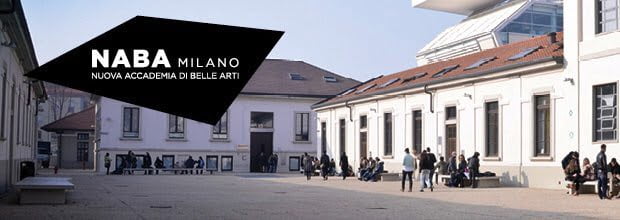
NABA Art Academy
Music & Conservatory Education in Italy
Music education in Italy includes areas such as historical and cultural methodology, piano harmony methodology, listening and ear training, music pedagogy, music psychology, vocal techniques, choral and singing education, repertory practices, improvisation, music semiology also music sociology.
Undergraduate Degree Education Entry Requirements
The music education exam may be different in each institution. For example:
At the Conservatorio Rossini, the entry requirements are divided into two steps. The first test checks the musical experience and vocal and instrument skills of candidates. In the second part, the theory and knowledge of music culture are examined.
Test 1
- Performance of at least three musical pieces selected by the candidate from the elective instrument entrance exam program, maximum 15 minutes.
- Visual performance of a piece selected by the commission.
- Performance of scales and technical studies on the optional instrument.
Note : The commission reserves the right to interrupt the elections at any time.
Test 2 (Theory, rhythmic and musical perception)
- Decipher and solfeggio on the left key. (Difficulty level: complex rhythms suitable for instrumental or vocal repertoire up to 1900.)
- Deciphering and solfeggio on seven notes. (Medium difficulty)
- Deciphering a melodic solfeggio. Short modulations and transposition (one note up or down).
- Dictating a given melody.
- General music theory questions.
Test 2 (Piano practice)
- Performance of two difficulty exercises selected from Czernyana 1 (from n. 25), Beyer (from n. 75), or other parts and methods of equal difficulty.
- Performance of two pieces, one by Bach or another baroque composer (Telemann, Couperin, etc.)
General music history test and reading comprehension
- Oral summary of short text in Italian selected by the Commission.
- Motivational interview.
Postgraduate Level Education Entry Requirements
The postgraduate admissions examination program also belongs to Conservatorio Rossini.
Perceptual Skills
- The ability to improvise a short melody in writing.
- Recognition of some short harmonic cadences on the piano.
Perception, Sound and Choral Management Skills
Oral and practical tests to verify:
- Knowledge of expanding audio recordings.
- The ability to read a piece from the choir repertoire impromptu.
- Choir conducting skills.
Theoretical-Analytic Music Skills
- Oral and written verification of basic knowledge of music theory, harmony and analysis of compositional forms (level at the end of three years of study).
Historical-Musical Skills
- Oral study of the basic mastery of historical-musical contents (ability to recognize epoch and genre styles; knowledge of the main forms of production and intended use of music from the Middle Ages).
Voice and Piano Skills
- It is an impromptu performance of a short accompaniment expressed in Italian or Anglo-Saxon harmonic abbreviations or the transcription of a short passage in two steps.
Psychopedagogical and Educational Skills
- Oral assessment of basic knowledge in the fields of didactic and musical psychopedagogy
- General and motivational interviewing.
Institutions Providing Music/Conservatory Education in Italy
- Accademia Filarmonica di Bologna
- Accademia Jacopo Naples
- Accademia Musicale Mediterranea
- Accademia Nazionale di Santa Cecilia
- Conservatorio Antonio Vivaldi
- Conservatorio Giovanni Battista Martini
- Conservatorio Luigi Cherubini
- Conservatorio Santa Cecilia
- Conservatorio Statale di Musica “Gioachino Rossini”
- Conservatorio “N. Piccinni”
- Scuola di Musica di Fiesole
- Accademia Internazionale Del Pianoforte Lago Di Como
- Conservatorio di Milano
- Teatro del Giglio di Lucca
- Ospedale della Pietà
- Ospedali Grandi
- Piccola Accademia di Montisi
- Tempo Reale
- Conservatorio di Musica Benedetto Marcello di Venezia
- Conservatory of Vicenza
Additionally, you can review our topic about ” Art, Music and Dance Education in Italy “.
Undergraduate degree Study in Italy
Universities and academies in Italy have 3-year undergraduate degree programs. Although fine arts education in Italy is mainly in Italian, there has been a significant increase in English taught departments in recent years. In addition, there are some programs in Italy where you can obtain a certificate. The diplomas of these institutions, which have different forms and duration of education, are also valid in most places.
For detailed information, check our pages about ” Undergraduate Education in Italy ” and ” Certificate Programs in Italy “.
Postgraduate degree Study in Italy
If you want to study at a master’s degree in Italy, you will discover many possible courses, academies and universities. In these educational institutions, where you can find both programs lasting for 1 year and 2 years, you have a high chance of finding the field you want both in English and in Italian languages.
For more detailed information, you can visit our page about “Postgraduate Study in Italy”
Fine Arts Education Entry Requirements in Italy
There are different entry requirements for the department, course and program you will choose. Although this varies for each program, institutions usually have certain requirements:
- Diploma and transcript
- Passing the threshold score for the university entrance exam if it is an undergraduate or equivalent program
- Language proficiency certificate (usually B1 or B2)
You can improve your language skills thanks to “Language Schools in Italy ”.
In addition, you can review our article about “ SAT, TOEFL and IELTS Exams ”.
Fine Arts Education Tuition Fees in Italy
Tuition fees at Italian public universities vary between 156 € and 3500 € per year. While determining the fee range, family income declarations of students are requested. Students with an annual family income of less than € 23,000 pay an annual tuition fee of € 156. If the student has been living separately from his/her family for at least 2 years, student’s own income is taken into consideration. Students who do not provide a family income declaration are deemed to have agreed to pay an annual tuition fee of € 3500. The fees of private universities in Italy may vary. Private university fees ranging from € 15,000 to € 20,140 per year are highly preferred by students. The quality of fine arts education in Italy is quite high in both public and private educational institutions and there is not a big difference in the quality of education between them.
Recommended: You can review our article about “University Fees and Scholarships“.
Fine Arts Education Scholarship and Accommodation in Italy
Fine arts education in Italy has gained a lot of popularity in recent years, especially since international students are provided with dormitory and scholarship opportunities by Italy. The most comfortable scholarship that students can benefit from is the ‘Need based’ scholarship, which is given based on the annual family income. The family income statement requested from the student while determining the school fees is an important scale also used in the scholarship process. For the continuation of the scholarship, the student’s success and family income are taken into account.
In order to avoid a scholarship loss, the student must have successfully passed the number of course credits requested by the school and there should be no major differences in family income. Students at state universities with an annual family income of less than €23.000 may have the opportunity to receive scholarships. The scholarship includes:
- Paying the tuition fee of 156 € per year
- Receiving a gratuitous scholarships of 5000 € annually
- Free meal card to use at lunch
- Benefit from school accommodation
Recommended: You can review our article about “ Accommodation in Italy ”.
Pava Education offers professional advice for students who want to study high quality fashion, art and design through art academies in Italy . If you need more information about fine arts education in Italy and want to receive support in your application process to schools, you can fill out the application form immediately. Expert advisors of Pava Education will contact you as soon as possible.

